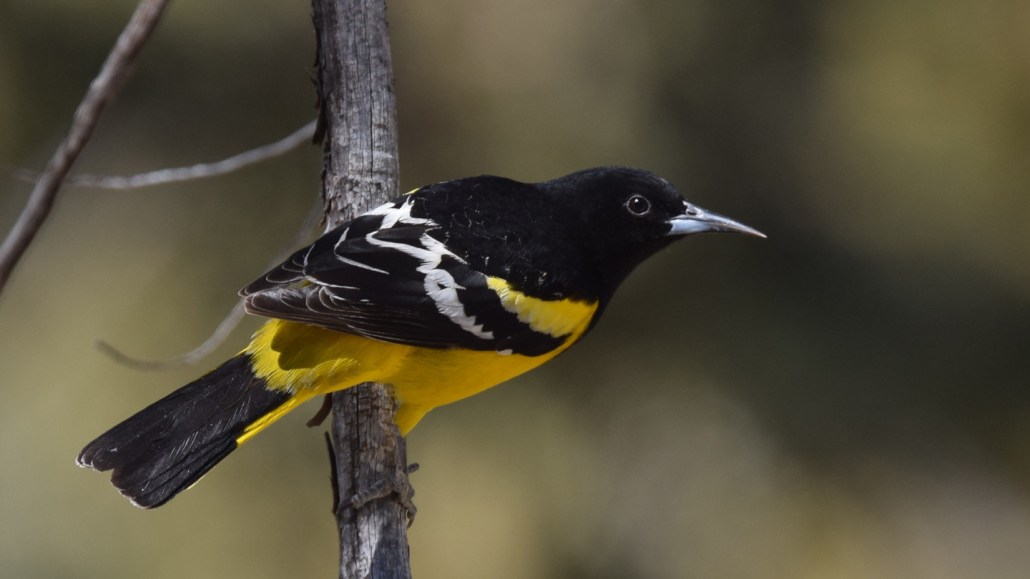Racism lurks in names given to plants and animals. That’s starting to change
Common names like ‘gypsy moth’ contain ethnic slurs perpetuating racist stereotypes

The Scott’s oriole (Icterus parisorum) is just one of dozens of eponymously named North American birds. The oriole bears the name of Winfield Scott, a U.S. military commander who coordinated the forced removal of Cherokee people and other Native Americans from their land during the Trail of Tears.
Andy Reago & Chrissy McClarren/Flickr (CC BY 2.0)
With lemon and black plumage, the Scott’s oriole flashes in the desert like a flame.